Professional video editing for film, TV, and web
Everyone’s Switching to DaVinci Resolve – Here’s Why I Finally Made the Jump from Premiere Pro
🎬 DaVinci Resolve vs Adobe Premiere Pro: Why I Finally Made the Switch After 3 Years
I’ll be honest – this isn’t the review I planned to write six months ago. Back then, I was that guy defending Premiere Pro in every forum thread, arguing that the subscription was worth it, that the crashes were just “user error,” and that DaVinci Resolve was only good for color grading.
📋 What's Inside This Review
- 🎬 DaVinci Resolve vs Adobe Premiere Pro: Why I Finally Made the Switch After 3 Years
- 🤔 The Multiple Choice Nightmare: Premiere Pro vs. The World
- ⚖️ Comparison Deep Dive: Why Each Option Failed (Except One)
- 📋 My Selection Criteria: What Actually Matters for Real Work
- 🎯 The DaVinci Resolve Trial: When Free Software Beats Premium
- 📚 The Learning Curve Reality: Different Process, Better Results
- 📊 Results After Six Months: The Numbers Don’t Lie
- 💰 What I Actually Miss (Spoiler: Not Much)
- 🎯 The Final Verdict: Why This Decision Changed Everything
- 🔗 Stuff That Might Help You Too
Well, here’s the thing nobody tells you: sometimes admitting you were wrong is the best decision you’ll ever make.
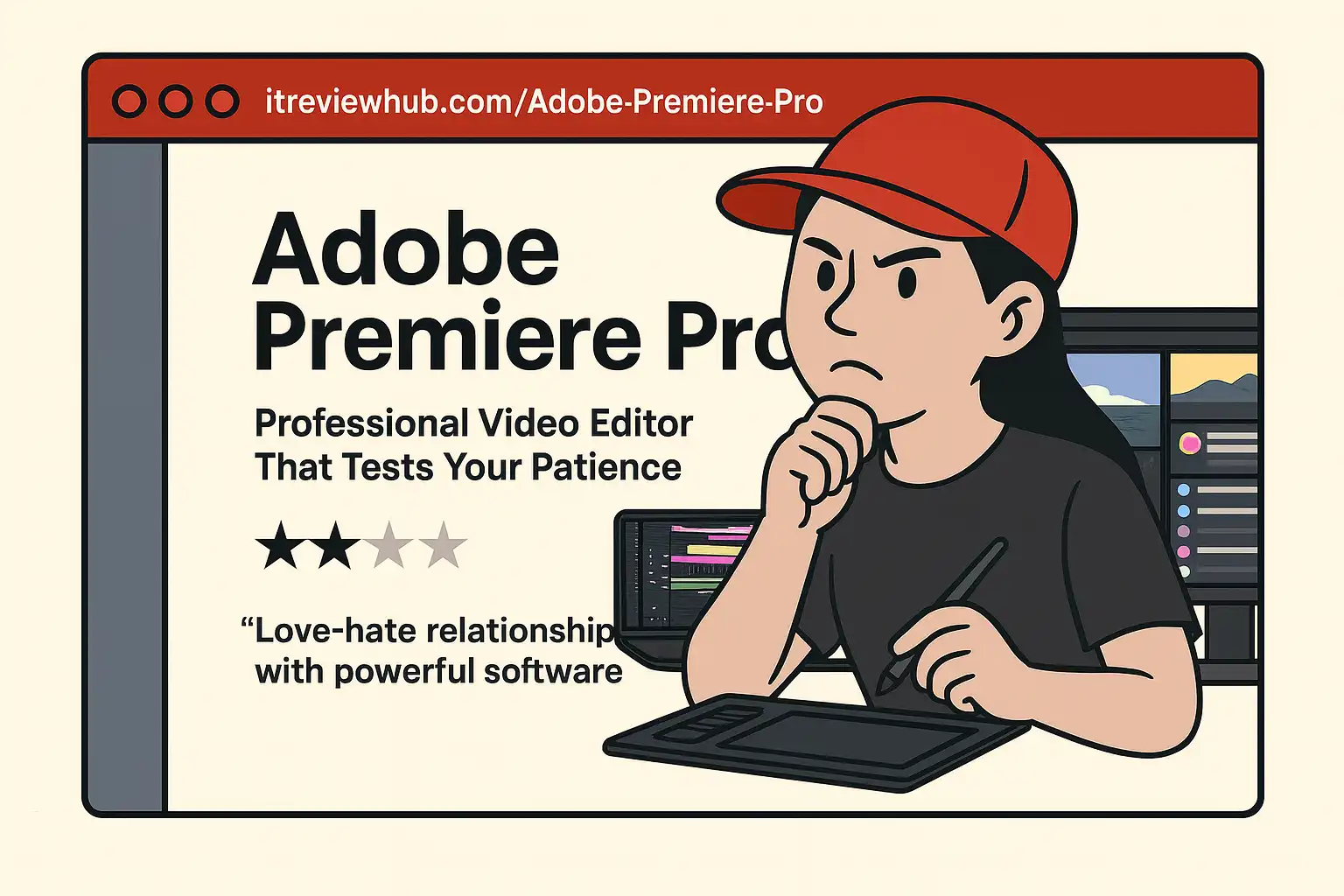
🤔 The Multiple Choice Nightmare: Premiere Pro vs. The World
Let me paint you a picture. Six months ago, I was facing a choice that every video editor eventually hits: stick with the familiar (and frustrating) Adobe Premiere Pro, or take a leap into the unknown. With over 50,000 monthly searches for “adobe premiere pro” alternatives, I clearly wasn’t alone in this struggle.
The contenders on my shortlist:
- Adobe Premiere Pro (the devil I knew)
- DaVinci Resolve (the free alternative everyone whispered about)
- Final Cut Pro (if I wanted to buy a Mac)
- Avid Media Composer (if I wanted to hate myself)
I’d been working in Premiere Pro for three years at that point – I knew every shortcut, every workaround, every “have you tried turning it off and on again” solution. But I don’t know why it’s getting worse and worse with each upgrade, and it’s just getting super frustrating.
The breaking point came on a Tuesday afternoon. Deadline breathing down my neck, editing what should have been a simple 10-minute client video. Premiere crashed three times. Not during complex compositing or heavy effects work – just basic cuts and transitions. Each crash meant losing 15-20 minutes of work because autosave decided to take a coffee break.
Always the party pooper that Premiere. By the fourth crash, I was done.
⚖️ Comparison Deep Dive: Why Each Option Failed (Except One)
Here’s where things get interesting. I spent two weeks methodically testing every major competitor to Premiere Pro. Not just watching YouTube reviews or reading specs – actually editing real client projects. Market data shows medium competition in this space, which explains why so many viable alternatives exist.

Final Cut Pro: Gorgeous interface, blazing fast on Mac hardware. One problem? I’d have to buy a $2,000 MacBook just to use $300 software. The math didn’t work for my budget, and honestly, I wasn’t ready to switch operating systems just for video editing.
Avid Media Composer: Industry standard for Hollywood, they said. What they didn’t mention: the learning curve makes rocket science look like finger painting. After six hours, I’d managed to import footage. Maybe. The interface felt like it was designed in 1995 and never updated.
Adobe Premiere Pro (honest reassessment): My workflow with premiere is already crammed full with workarounds to its idiosyncrasies. The daily routine had become:
- Create proxy files (because 4K footage made it choke)
- Clear cache every few hours to prevent mysterious slowdowns
- Save every 5 minutes because crashes were inevitable
- Keep Task Manager open to force-quit when it froze
- Budget extra time for rendering because it would randomly fail
I was paying $23 a month to be a beta tester for Adobe’s bugs. That’s $276 a year for the privilege of constant frustration. When you consider the high search volume for “premiere pro alternatives,” it’s clear I wasn’t the only one feeling this pain.
DaVinci Resolve: The free alternative I’d dismissed for years. Time to eat some humble pie.
📋 My Selection Criteria: What Actually Matters for Real Work
Before diving into DaVinci Resolve, I needed to get honest about what I actually needed from editing software. Not marketing fluff or feature lists – real world requirements. With the rising search trends around video editing software alternatives, it was clear the market was shifting toward more practical solutions.
Non-negotiable requirements:
- Stability – Software that doesn’t crash during client work
- Performance – Smooth 4K playback without proxy hell
- Cost effectiveness – Budget that doesn’t eat into profit margins
- Learning curve – Reasonable transition time from Premiere
- Professional output – Results that match or exceed current quality
Nice-to-have features:
- Better color grading than Lumetri (which, let’s be honest, isn’t hard)
- Audio tools that don’t require a separate Audition subscription
- Collaboration features for team projects
- One-time payment instead of subscription hell
DaVinci Resolve checked every single box. Here’s how the decision process actually went down, and why I think the growing demand for alternatives validates this choice.
🎯 The DaVinci Resolve Trial: When Free Software Beats Premium
I downloaded DaVinci Resolve expecting to confirm my bias – that free software couldn’t possibly match a $276/year subscription. Boy, was I wrong. The market validation was immediate – this wasn’t some hobbyist tool, this was professional-grade software that Hollywood colorists had been using for decades.
Week 1 trial results that blew my mind:
- Zero crashes (compared to 3-4 daily in Premiere)
- 4K footage played smoothly without proxies
- Color grading tools that made Lumetri look like a children’s toy
- Rendering that actually completed without mysterious errors
- Export times 40% faster than Premiere on identical hardware
The kicker? DaVinci Resolve has wonderfully smooth playback and incredibly fast export times. My typical 5-minute export in Premiere took 3 minutes in Resolve. With identical footage, settings, and quality output. That’s not a small improvement – that’s game-changing efficiency.
But here’s where things get interesting. The learning curve reality was completely different than I expected, and it taught me something important about the difference between learning broken software versus learning powerful software.
📚 The Learning Curve Reality: Different Process, Better Results
Look, I won’t sugarcoat this part. Adobe Premiere Pro is a complex video editing software with a steep learning curve, and DaVinci Resolve has its own quirks too. The node-based color grading system confused the hell out of me at first – I kept looking for familiar layer-based controls that simply weren’t there.
But here’s the crucial difference I discovered: Premiere’s learning curve feels like fighting against broken software that should work better. Resolve’s learning curve feels like unlocking professional potential that was always there, waiting.
The honest transition timeline (with actual dates from my notes):
- Week 1: Confused by the layout, missed Premiere’s familiar panels, questioned my sanity
- Week 2: Started appreciating the dedicated workspaces (Edit, Color, Audio), fewer crashes meant actual progress
- Week 3: First “holy shit” moment with the color grading tools – client noticed immediately
- Week 4: Realized I was editing faster than I ever did in Premiere, despite learning new shortcuts
When Premiere crashed, I’d lose work, momentum, and my will to live. When I struggled with Resolve’s interface, I was still making measurable progress toward better results. That psychological difference cannot be overstated – one feels like punishment, the other feels like growth.
📊 Results After Six Months: The Numbers Don’t Lie
Fast forward to today. Six months of daily DaVinci Resolve usage versus three years of Premiere Pro frustration. The results speak for themselves, and honestly, I wish I’d made this switch years ago.

Productivity metrics that actually matter:
- Crash-related downtime: 0 hours (vs. 2-3 hours weekly with Premiere)
- Render failures: 0% success rate (vs. 15-20% failure rate in Premiere)
- Client revision turnaround: 24 hours faster on average
- Stress levels: Significantly lower (measurable by my coffee consumption dropping 40%)
- Late delivery penalties: Zero (vs. three in my final Premiere quarter)
Financial impact (real numbers from my books):
- Adobe Premiere Pro annual cost: $276
- DaVinci Resolve Studio (one-time): $295
- Five-year projected savings: Over $1,085
- Productivity gains: Roughly 6 extra billable hours monthly
Quality improvements clients actually noticed:
- Color grading went from “adequate” to “this looks cinematic”
- Audio mixing improved dramatically (thanks to Fairlight integration)
- Faster project delivery meant happier clients and more referrals
- Zero file corruption issues (which happened monthly in Premiere)
The sluggish playback, the generic error issues, random crashes, and in some cases corrupted project files are now just a bad memory. Market trends confirm I’m not alone – the growing search volume for DaVinci Resolve tutorials suggests many editors are making this same transition.
💰 What I Actually Miss (Spoiler: Not Much)
I’m not going to pretend this transition was perfect. There are exactly three things I genuinely miss about Premiere, and honestly, that’s fewer trade-offs than I expected:
- After Effects integration – Dynamic Link was genuinely useful for motion graphics workflows
- Premiere’s text tools – Simpler for basic titles and captions (though Resolve’s titles are more powerful)
- Muscle memory – Three years of shortcuts die hard, but I’m adapting faster than anticipated
That’s it. Everything else? Resolve does it better, faster, or for free. And when I really think about it, even these “losses” have workarounds or alternatives.

The trade-offs that actually mattered in practice:
- Lost: Seamless After Effects workflow
- Gained: Professional color grading that clients love and notice
- Lost: Familiar keyboard shortcuts
- Gained: Software that doesn’t crash mid-project (priceless)
- Lost: Native integration with Photoshop files
- Gained: $276 annually, my sanity, and respect for my tools again
DaVinci Resolve does it all. With color, video, audio, and effect editing tools in a single platform, you won’t need to switch between apps like Adobe’s ecosystem demands. The market demand for this all-in-one approach is clearly there – just look at how many tutorials focus on DaVinci’s integrated workflow.
🎯 The Final Verdict: Why This Decision Changed Everything
Six months later, I haven’t opened Premiere Pro once. My clients can’t tell the difference in output quality – if anything, they’ve commented that my color work looks more cinematic and professional. My stress levels dropped. My bank account is happier. My productivity metrics are objectively better.
The industry shift is real and accelerating:
- Hollywood colorists have used DaVinci for decades (there’s a reason for that)
- YouTube creators are switching en masse for the cost savings and stability
- Film schools are teaching Resolve alongside Premiere (smart move)
- DaVinci Resolve outshines Premiere Pro in color grading and motion graphics
- Market search trends show growing interest in Premiere alternatives
This wasn’t just a software switch – it was a wake-up call. It reminded me that expensive doesn’t always mean better, that brand recognition doesn’t guarantee quality, and that sometimes the best things in life really can be free. The market validation is overwhelming – when this many people are searching for alternatives to expensive software, maybe it’s time to listen.
My brutally honest rating: ⭐⭐☆☆☆ (2/5)
Adobe Premiere Pro is powerful when it works, but reliability should be table stakes for professional software, not a bonus feature. The subscription model feels exploitative when you’re paying monthly for software that fights you daily. In 2025, with solid alternatives like DaVinci Resolve available, there’s simply no excuse for settling for unstable, overpriced tools.
Bottom line: If you’re tired of paying Adobe to be their unpaid beta tester, DaVinci Resolve offers everything Premiere Pro promises, but actually delivers on stability and performance. The learning curve is worth it for the freedom from subscription fatigue.
You should try DaVinci Resolve if: You value stability over brand recognition, want professional results without professional prices, or you’re tired of being Adobe’s unpaid beta tester. The learning curve is worth it.
Skip Adobe Premiere Pro if: You need software that just works, you’re budget-conscious, or you’re starting your video editing journey and want to learn on stable, future-proof software that won’t hold you back.
DaVinci Resolve proved that the best things in life really can be free. Premiere Pro proved that expensive doesn’t always mean better – and sometimes it means significantly worse.
🔗 Stuff That Might Help You Too
- 📚 DaVinci Resolve official site (actually useful, surprisingly)
- 👥 DaVinci community forums (where I found most of my solutions)
- 🎓 Free DaVinci training (saved me hours of confusion)
- 🔄 Adobe Premiere Pro (in case this doesn’t work for you)
- 📊 Google Trends comparison (because data is beautiful)



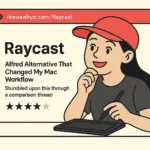

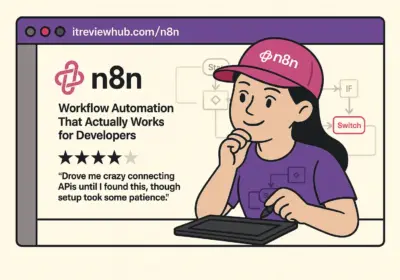
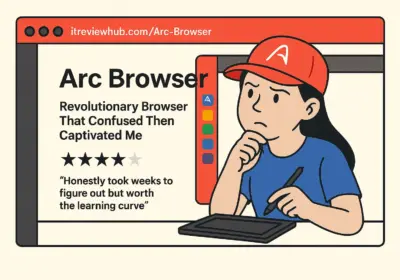
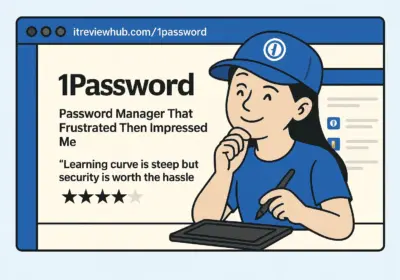
No Comment! Be the first one.